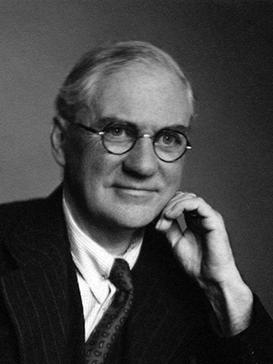Ronald Hatton facts for kids
Quick facts for kids
Sir Ronald Hatton
|
|
|---|---|

Portrait by Walter Stoneman, 1945
|
|
| Born |
Ronald George Hatton
6 July 1886 |
| Died | 11 November 1965 Benenden, Kent
|
| Nationality | British |
| Occupation | pomologist horticulturalist |
| Known for | Malling series |

Sir Ronald George Hatton (born July 6, 1886 – died November 11, 1965) was a British scientist. He was a horticulturalist, meaning he studied how to grow plants. He was also a pomologist, which means he specialized in growing fruit and fruit trees.
Contents
Early Life and Education
Ronald Hatton was born in Kilburn, London. His father was a lawyer. Ronald went to school at Brighton College and Exeter School. In 1906, he started studying history at Balliol College, Oxford.
After college, he worked as a farm laborer. In 1913, he wrote a book called Folk of the Furrow. He used the pen name "Christopher Holdenby" for this book.
From 1912, he studied agriculture at the South-Eastern Agricultural College in Wye, Kent.
Leading the Research Station
In 1914, the college's Fruit Experimental Station became the East Malling Research Station. The director left to fight in the First World War. Ronald Hatton then became the acting director. He was officially made the director in 1918.
In 1914, Hatton married Hannah Rachel Rigden. She was from Ashford. They had a son named Christopher in 1922.
Hatton worked at the East Malling center for 30 years. He retired in 1949. He passed away on November 11, 1965, at his home in Benenden, Kent. He was buried in the churchyard at East Malling. This was close to the research station where he spent his working life.
Important Work with Fruit Trees
As director, Hatton made the East Malling Research Station much bigger. He also expanded the types of research they did. His most important work was about rootstocks for fruit trees.
Rootstocks are the lower parts of trees, including the roots. Other parts of a fruit tree are grown onto these rootstocks. Hatton helped to organize and classify these rootstocks. This made it easier for farmers to choose the best rootstock for their fruit trees.
His work led to the creation of the Malling series of rootstocks. Later, he worked with the John Innes Horticultural Institution. Together, they developed the Malling-Merton rootstocks for apple trees. These new rootstocks helped fruit trees grow better and produce more fruit.
Awards and Recognition
Sir Ronald Hatton received many honors for his work.
- In 1930, he received the Victoria Medal of Honour from the Royal Horticultural Society.
- He was made a CBE in 1934.
- In 1944, he was chosen as a Fellow of the Royal Society. This is a very high honor for scientists.
- He was made a knight in 1949. This means he could use the title "Sir" before his name.

